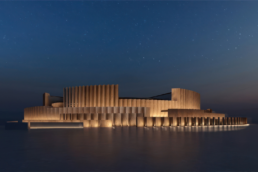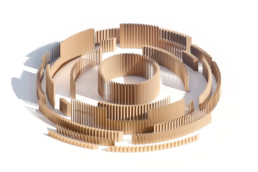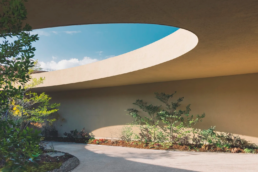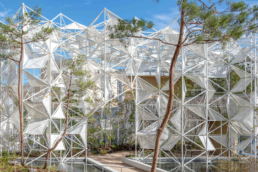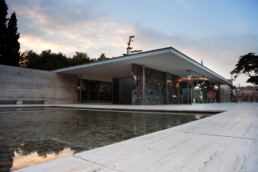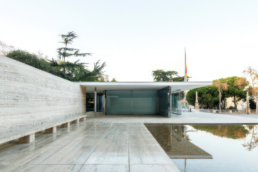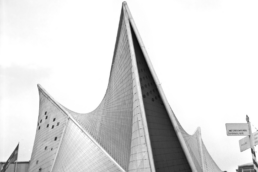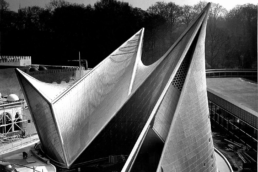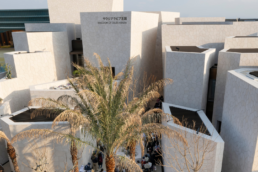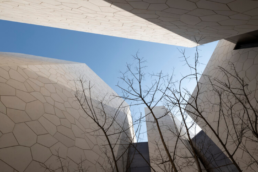Everything You Need to Know About World Expositions and Fairs
DATE
07.05.2025
World expositions and fairs, known as Expos, have been key platforms for showcasing technological, cultural, and architectural advances since their origin in 1851 in London. They reflect the global interests of their time.
Despite the rise of digital alternatives, their relevance endures due to their ability to adapt, their physical legacy, and their power as spaces for in-person exchange. Expo 2025 in Osaka, Japan, is a contemporary example of this phenomenon, featuring a record-breaking wooden structure and a strong focus on sustainability aligned with the Sustainable Development Goals.
Throughout history, Expos have left a significant architectural legacy. The German Pavilion at the 1929 Barcelona International Exposition, designed by Ludwig Mies van der Rohe and Lilly Reich, is considered a landmark of modern architecture. Its minimalist design and innovative use of materials such as glass and steel have deeply influenced contemporary architecture—as students of the MArch programs see firsthand during their trip to Barcelona when they visit the building. Another notable example is the Philips Pavilion at Expo 1958 in Brussels, designed by Le Corbusier and Iannis Xenakis, which combined architecture, music, and light into a unique sensory experience.
At Expo 2025 in Osaka, innovative architectural proposals reflect cultural diversity and a commitment to sustainability. The Cartier Pavilion, designed by Yuko Nagayama, stands out for its structure inspired by traditional Japanese architecture and its focus on gender equality and sustainability. Meanwhile, the Saudi Arabian Pavilion, designed by Foster + Partners, draws from traditional Saudi village architecture and is conceived to be dismantled and reassembled in a new location, extending its useful life.
These expositions remain spaces for innovation and reflection, where global challenges are addressed and intercultural understanding is promoted. Through their pavilions, participating countries share their achievements, traditions, and visions for the future, contributing to the construction of a global dialogue that transcends borders. Thus, Expos continue to bear witness to humanity’s ability to imagine and create a better future.
MArch Valencia. Arquitectura y Diseño
© 2025 MArch Valencia. Arquitectura y Diseño
Privacy policy | Cookies policy | Terms of use



